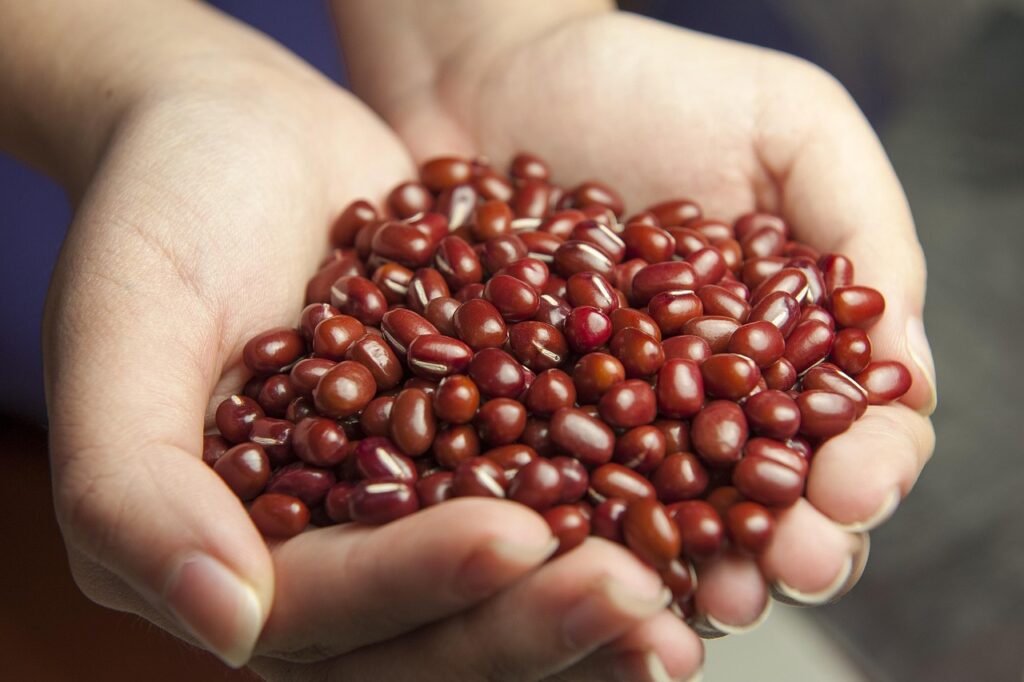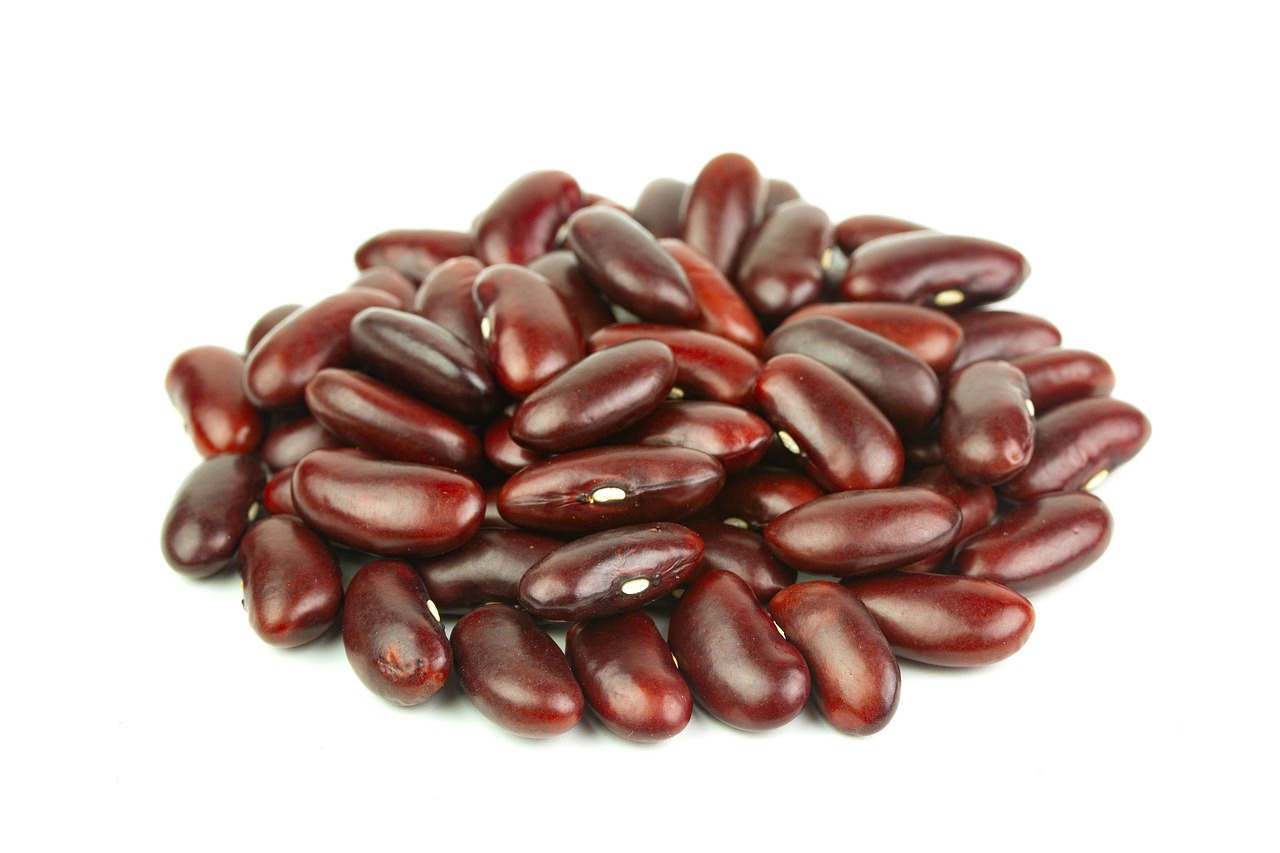Red beans, also known as kidney beans, are a staple in many cuisines around the world. From hearty chili to comforting stews and vibrant salads, these versatile legumes are not only delicious but also incredibly nutritious. Packed with protein, fiber, vitamins, and minerals, red beans offer a wide range of health benefits. However, like any food, they come with certain considerations.
In this blog post, we’ll explore the benefits of red beans, how to incorporate them into your diet, and any potential contraindications to keep in mind.
What Are Red Beans?
Red beans are a type of common bean (Phaseolus vulgaris) known for their deep red color and kidney-like shape. They are a popular ingredient in dishes like chili con carne, red beans and rice, and various soups and salads. Red beans are available in both dried and canned forms, making them a convenient and affordable addition to any meal.
Nutritional Profile of Red Beans
Red beans are a nutrient-dense food, offering a wealth of vitamins, minerals, and other beneficial compounds. Here’s a breakdown of their nutritional content per 1 cup (177 grams) of cooked red beans:
- Calories: 225
- Protein: 15 grams
- Carbohydrates: 40 grams
- Fiber: 11 grams
- Fat: 1 gram
- Iron: 4 mg (22% of the Daily Value)
- Magnesium: 70 mg (18% of the Daily Value)
- Potassium: 713 mg (20% of the Daily Value)
- Folate: 230 mcg (58% of the Daily Value)
Health Benefits of Red Beans
- Rich in Plant-Based Protein
Red beans are an excellent source of plant-based protein, making them a great option for vegetarians, vegans, and anyone looking to reduce their meat consumption. Protein is essential for muscle repair, immune function, and overall growth and development. - High in Fiber
The high fiber content in red beans supports digestive health by promoting regular bowel movements and preventing constipation. Fiber also helps regulate blood sugar levels and can contribute to a feeling of fullness, aiding in weight management. - Supports Heart Health
Red beans are rich in potassium, magnesium, and folate, all of which are important for cardiovascular health. Potassium helps regulate blood pressure, while magnesium supports muscle and nerve function. Folate helps reduce levels of homocysteine, an amino acid linked to heart disease. - Boosts Energy Levels
The iron content in red beans helps prevent anemia by supporting the production of red blood cells, which transport oxygen throughout the body. This can help boost energy levels and reduce fatigue. - Promotes Healthy Blood Sugar Levels
The combination of protein and fiber in red beans helps slow the absorption of sugar into the bloodstream, preventing spikes in blood sugar levels. This makes red beans a good choice for people with diabetes or those looking to maintain stable energy levels. - Rich in Antioxidants
Red beans contain antioxidants like flavonoids and phenolic acids, which help combat oxidative stress and reduce inflammation in the body. This can lower the risk of chronic diseases such as cancer and heart disease. - Supports Weight Management
The high fiber and protein content in red beans can help you feel full and satisfied, reducing the likelihood of overeating. This makes them a great addition to a weight management plan.
How to Incorporate Red Beans into Your Diet
Red beans are incredibly versatile and can be used in a variety of dishes. Here are some ideas for incorporating them into your meals:
- Chili: Add red beans to your favorite chili recipe for a hearty and nutritious meal.
- Salads: Toss cooked red beans into salads for added protein and texture.
- Soups and Stews: Use red beans in soups and stews for a comforting and filling dish.
- Rice Dishes: Combine red beans with rice, vegetables, and spices for a complete meal.
- Dips and Spreads: Blend cooked red beans with garlic, lemon juice, and olive oil to make a delicious dip or spread.
- Burgers and Patties: Mash red beans and mix with breadcrumbs, spices, and vegetables to make vegetarian burgers or patties.
Recommendations for Cooking Red Beans
- Soaking: If using dried red beans, soak them in water for at least 8 hours or overnight. This helps reduce cooking time and makes them easier to digest.
- Cooking: Cook soaked red beans in fresh water for 1-2 hours until tender. If using canned red beans, rinse them thoroughly to remove excess sodium.
- Seasoning: Enhance the flavor of red beans with spices like cumin, coriander, paprika, and bay leaves. Add vegetables like onions, garlic, and tomatoes for extra depth.
Potential Contraindications and Precautions
While red beans are generally safe and beneficial for most people, there are a few considerations to keep in mind:
- Phytic Acid: Like other legumes, red beans contain phytic acid, which can inhibit the absorption of certain minerals like iron and zinc. Soaking and cooking red beans can help reduce their phytic acid content.
- Lectins: Raw or undercooked red beans contain lectins, which can be toxic and cause digestive discomfort. Always cook red beans thoroughly to neutralize lectins.
- Gas and Bloating: The high fiber content in red beans can cause gas and bloating in some people. To minimize this, start with small portions and gradually increase your intake. Soaking and rinsing the beans can also help.
- Allergies: Although rare, some individuals may have an allergy to legumes, including red beans. If you experience symptoms like itching, swelling, or difficulty breathing after consuming red beans, seek medical attention.
- Sodium Content: Canned red beans can be high in sodium. Opt for low-sodium varieties or rinse the beans thoroughly before use to reduce sodium content.

Red beans are a nutrient-packed powerhouse that can enhance your diet in numerous ways. From providing plant-based protein and fiber to supporting heart health and energy levels, these versatile legumes offer a wide range of health benefits. Whether you’re making a hearty chili, a refreshing salad, or a comforting stew, red beans are a delicious and nutritious addition to any meal.
So, the next time you’re planning your meals, consider adding red beans to the menu.
Your body and your taste buds will thank you! 🌱🍲

